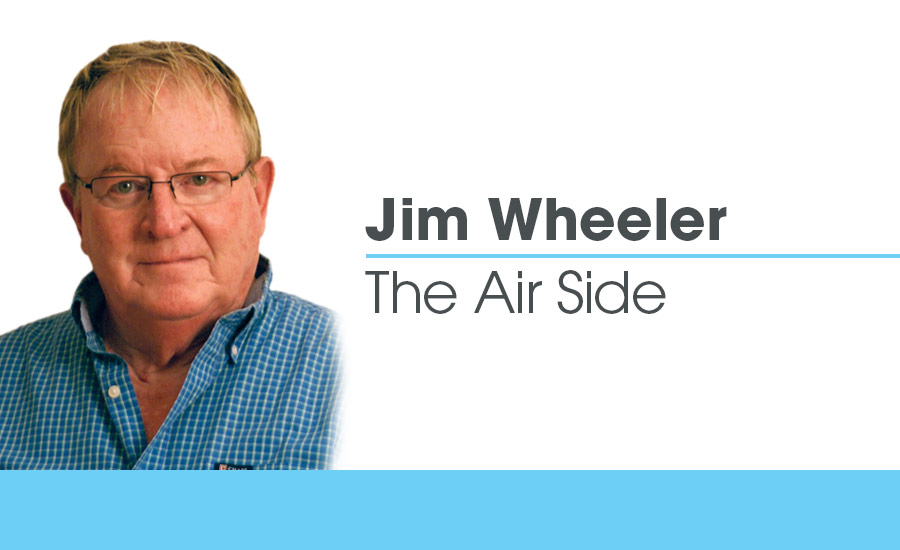I can’t tell you how many times friends have asked me this question.
But the honest answer I always give is I consider the person or people who install and service the equipment to be more important than the brand. Why? Because air conditioners and heat pumps are made of very similar parts that often are supplied by the same manufacturers. And frankly, after visiting most of the assembly plants in our industry, I find they all are doing a pretty-good job.
Oh yes, I do have some components and designs I consider to be superior to others, but in general, whether or not the unit continues to run efficiently for many years, usually comes down to how it is installed, serviced and maintained. And even the reputation of the company that sells the equipment means little if the person who actually does the job is doing it wrong.
As I said, I do have some choices of components and designs I’ll recommend. For instance, my experience tells me scroll and rotary compressors usually will last longer than piston compressors (if anyone in the industry still is using them) because they are less affected by refrigerant flood-back. Also, single-metal indoor and outdoor coils (aluminum-aluminum or copper-copper) will hold their efficiency longer because there are fewer problems with electrolysis between the connections of coils that use similar metals than there are with those made with dissimilar metals.
Of course, coils totally coated with a protective material are less prone to electrolysis and to damage by corrosive atmospheres, but this usually adds cost and reduces the efficiency. I’ve also found powdered baked-on exterior paint will last longer than that which is just sprayed on.
What about efficiencies? Yes, higher-efficiency equipment can save on the cost of electricity and such units usually are built with better internal protection. In addition, there is no question indoor blowers that change speed according to the internal temperature demands are not only more economical, they’re more comfortable.
Yet, even the most costly and efficient system will not operate properly or for long if the people who are doing the installing, maintenance or servicing are doing it wrong. In fact, I would venture to say most premature equipment failures are caused by people, not by the equipment.
How long should an air conditioner or heat pump last? Manufacturers will tell you their design life is about 15 years I’ve seen them last much longer. Also, the nice thing is if our industry is willing to continue to increase minimum efficiency standards (and some are dragging their feet), a replacement system will help to pay its cost back over time.
So, what are some of the things servicing and installing personnel do that shorten the life of the equipment and/or keeps it from reaching its peak efficiency? Well, sometimes it comes down to flaws in the basic layout. Poor duct designs (too small or too many bends — as with flex duct) or air leaks cut efficiency and put pressure strains on the compressor.
But probably the biggest and most common problems have to do with allowing air, moisture and dirt or corrosion to be introduced to or having never been removed from the refrigerant lines in the first place.
And then there is the problem with charging. Too many folks wrongly think they can improve system life by over-charging or by contaminating the system with other refrigerants.
What about proper maintenance? As long as the outdoor coils are periodically cleaned and the air filters are changed regularly, little more can be done to make the system last any longer. And some of the common maintenance techniques do far more harm than good.



